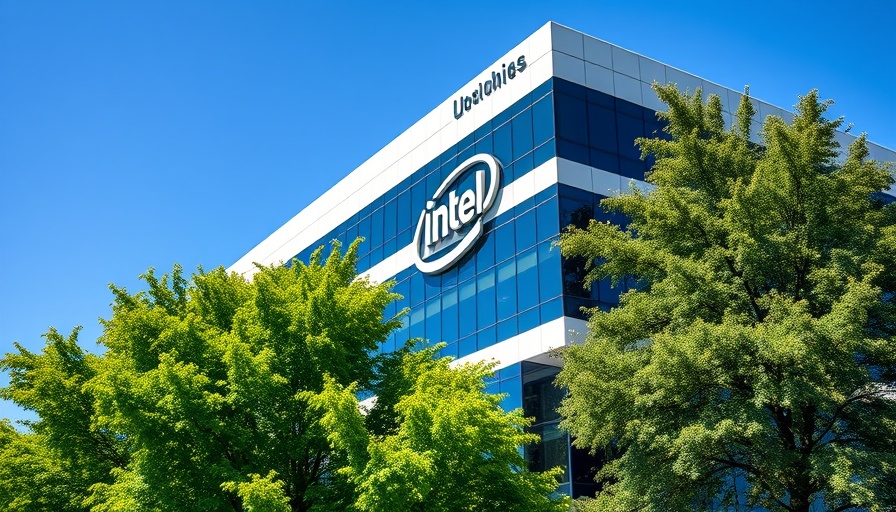
The Drone Revolution: How Tiny Machines Are Changing Warfare
In recent discussions surrounding technological advancements in warfare, the emergence of small, cheap drones has taken center stage. As highlighted by British technology journalist David Hambling, these drones are not only revolutionizing combat methods but also challenging conventional military strategies. With their precision and affordability, they have become game-changers, particularly in conflict zones like Ukraine.
In the video 'Tiny, Cheap Drones Are Changing the World', David Hambling discusses the unprecedented impact small drones are having on modern warfare, leading us to analyze their implications in depth.
The Cost of Power: Drones versus Traditional Warfare
One of the most striking revelations from Hambling’s analysis is the significant impact these small drones have on warfare dynamics. In the ongoing Russia-Ukraine conflict, estimates suggest that a staggering 60-70% of casualties can be attributed to drone operations. This marks a profound shift from traditional methods where larger military artillery and jets dominated the battlefield. Drones, priced as low as $500, are proving to be efficient weapons of war, inflicting millions in damage, all while being operated by individuals who have found clever ways to adapt consumer technology for military use.
Precision Strikes: Highlighting Tactical Advantages
An essential feature of these drones is the level of precision they bring to combat scenarios. Hambling discusses how FPV (first-person view) drones can maneuver quickly and strike specific targets effectively, such as the vulnerable parts of armored vehicles. This precision allows operators to engage the enemy from a distance without the need to expose themselves. The capability to track moving vehicles or take out specific targets in heavily fortified positions reflects a changing face of warfare that leverages technology in unprecedented ways.
Organized Crime and Drones: A New Frontier
The implications of drone technology extend beyond military operations; they are infiltrating the realms of organized crime. As noted by Hambling, drug cartels are already employing drones to carry out illicit activities, including bombing government agents and rival factions. This marks a concerning trend where such technology can empower non-state actors, illustrating that the security landscape is rapidly evolving. The ease of access to drones fosters a new wave of challenges for law enforcement and security agencies worldwide.
The Future of Drone Warfare: Swarming and AI Integration
Looking ahead, the potential of drones seems boundless. Hambling foresees advancements that will include swarming technology, allowing multiple drones to operate in unison with a single operator controlling them. These swarms could execute complex missions, further complicating defensive tactics against them. Integrating artificial intelligence may further enhance the operational capabilities of drones, enabling them to make autonomous decisions. This raises critical discussions around the ethics and regulations governing their use, particularly as autonomous weapon systems begin to emerge.
Counteracting Drone Threats: Challenges Ahead
As drone usage proliferates, so too do the concerns regarding countermeasures. Hambling highlights that traditional systems of defense may need to adapt significantly to combat this new threat. We may witness the development of interceptor drones designed to neutralize attacking drones efficiently. However, operationalizing these defense methods presents challenges, especially in urban warfare contexts where civilian safety must also be prioritized.
Conclusion: Embracing Change in a New Era of Warfare
As the insights from the video "Tiny, Cheap Drones Are Changing the World" reflect, we are witnessing a paradigm shift in how conflicts are fought and perceived. The accessible nature of drone technology has equalized power dynamics and created new dimensions for both military and non-military entities. As we grapple with these changes, it is vital for policymakers, researchers, and the public to engage in conversations about how to regulate and adapt to the technological revolution these drones signify. The implications are profound, urging a reevaluation of security measures and preparedness for an increasingly drone-centric future.
 Add Row
Add Row  Add
Add 










Write A Comment